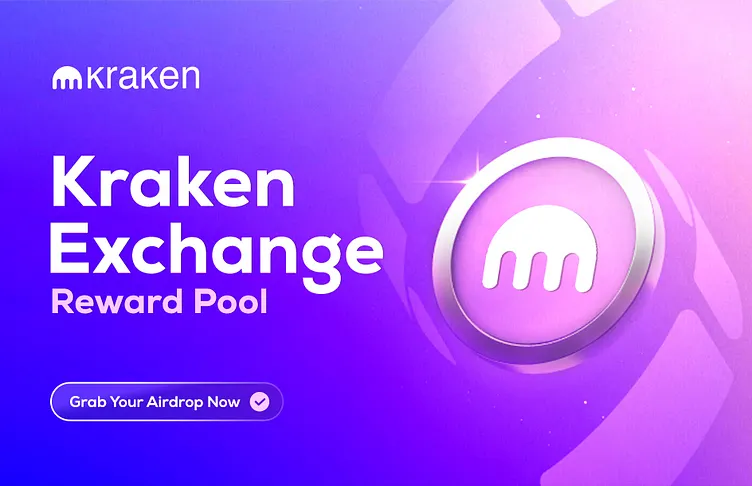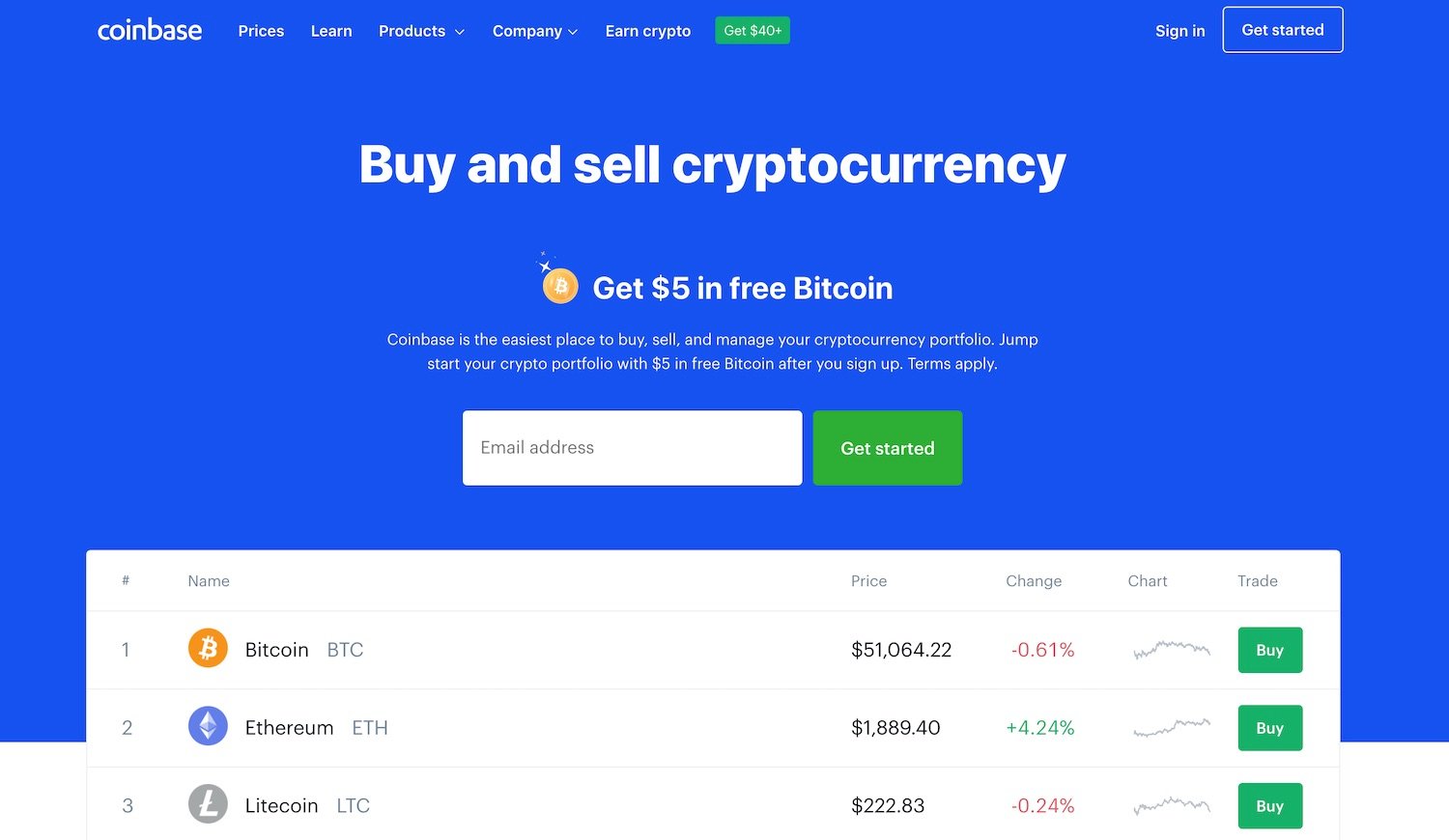Bitcoin miners face persistent challenges from rising network difficulty and fluctuating revenue, which are compounded by high upfront hardware costs and electricity expenses. These factors squeeze profit margins, making operational efficiency essential for a miner’s viability.
Representatives from Everminer, Bitdeer, and CleanSpark told BeInCrypto that miners are tackling challenges with diverse solutions, from optimizing their financial management and core operations to building new relationships with the energy grid and expanding into new computing markets.
The Squeeze on Profitability
Bitcoin miners face a challenging environment as the network’s difficulty reaches new record highs.
This month, the difficulty climbed over 136 trillion, marking its fifth consecutive increase since June. The surge, caused by more computing power joining the network, comes as miner revenues weaken, with hashprice—the benchmark for revenue—falling to around $51, its lowest level since June.
Sponsored
Sponsored
This combination of record difficulty and shrinking revenue is mounting pressure on profitability.
September’s historically poor price performance exacerbates the situation, directly reducing miner rewards. This volatile shift sharply contrasts with the more profitable trend seen just a month prior in August, when miner margins strengthened as Bitcoin’s price outpaced the increase in difficulty.
For veteran Bitcoin miners, the sector’s current instability stems from diverse market pressures.
The Rising Cost of Staying Competitive
As Bitcoin mining becomes more competitive, what sets miners apart is their unique strategy for responding to threats and their approach to scaling their operations.
“We’re always competing with network difficulty and regular halvings, with the most recent in early 2024. We’ll always have to deal with periodic Bitcoin volatility, cyclical energy markets, and technology improvements in mining hardware. As a result, we’ve seen plenty of miners struggle to navigate these complex dynamics,” Harry Sudock, Chief Business Officer at American mining company CleanSpark, told BeInCrypto.
For miners who have been mining for long enough, they know that aspects like volatility are inherent in Bitcoin cycles. However, as Bitcoin usage increases and network difficulty becomes more complex, they must also learn how to handle sharply rising costs.

“Machine costs account for nearly 80% of facility [capital expenditure], while power accounts for ~80% of [operational expenditure],” explained Ross Gan, Bitdeer’s Chief Communications Officer, adding, “The biggest long-term threat is efficiency compression: ever-higher difficulty and declining block rewards make mining unviable for operators without the lowest cost of capital, power, and hardware.”
Over the years, they’ve each developed carefully tailored operational strategies that are particularly critical for withstanding volatile market conditions.
Operations Solutions: From Debt to Discipline
In a discussion about his company’s financial discipline, Sudock spoke of CleanSpark’s application of a concept he described as “capital stewardship.” This strategy focuses on the responsible and disciplined management of a company’s assets to create long-term value.
Sponsored
Sponsored
The company self-funds its operations instead of relying on external investors or a debt-heavy balance sheet.
“Given our clean balance sheet and conservative approach to debt, we have a thriving business with significant capacity for growth,” he said.
To further amplify its earnings, CleanSpark actively manages its Bitcoin treasury, strategically accumulating Bitcoin during profitable periods.
“We do not just sit on our Bitcoin holdings; we have created a digital asset management team to manage that balance and monetize it efficiently,” Sudock added.
In the meantime, to combat cost pressures, companies like Bitdeer have resorted to vertical integration, a strategy that involves bringing their supply chain under direct control, from production to distribution.
“Building and deploying proprietary ASICs, and generating the power needed for mining, lowers capex, ensures supply security, and greater optionality,” he said.
By leveraging their supply chain, Bitcoin mining companies can reduce their dependence on third parties.
Though issues like these can be treated through operational efficiency and appropriate planning, other external forces that a miner doesn’t necessarily have control over come into play.
The Power of Geographic Diversification
Over the years, Bitcoin mining companies have learned the value of spreading their operations across the map. Policies and regulations can vary drastically between countries and even between states or provinces within a single country.
“Real risk today is policy and regulatory flip‑flops. A country can change the rules overnight and freeze your hardware. That’s the nightmare– millions in gear that depreciates fast and can’t be moved quickly enough. Like we’ve seen in China in 2021, Russia in 2024 and, most recently, in Ethiopia,” explained Max Matrenitski, CEO of Everminer and Cyberian Mine GmbH.
Sponsored
Sponsored
This early experience taught Matrenitski a valuable lesson: spreading risk across regions.
“We run sites across several jurisdictions and climates. Simple logic: the US is politically stable but has curtailments and higher costs; Ethiopia is cheap with high margins but policy risk; Paraguay has hydro surplus, mid-sector price; Finland is predictable with great uptime; Siberia has political risk but world‑class ambient cooling and low opex. No single place should be able to kill your business,” he added.
Beyond using location to spread political risk, miners are now leveraging their geographical presence to become valuable partners to the energy grid.
From Energy Consumers to Grid Partners
Bitcoin miners have long been viewed as massive, round-the-clock energy consumers. However, industry leaders are redefining that narrative by positioning themselves as useful allies for the power grid, particularly as the system integrates more renewable energy sources.
“Unlike many believe, Bitcoin mining is fully aligned with eco-friendly values and actually has tons of benefits for greener future and better energy system in the world. Mining naturally goes where the cheapest electrons are. Most often that’s renewable surplus, hydro in particular. It is king for 24/7 baseload. That’s why miners cluster around big dams—Siberia, Ethiopia, Paraguay. Power is cheap, stable, and green,” Matrenitski told BeInCrypto.
This natural alignment with renewable energy and its low cost allows miners to take a more active role in stabilizing the grid. Based on this symbiotic relationship, miners are increasingly considered useful allies for the power grid.
“Reports from some regions show curtailments from miners have helped maintain grid reliability. [Power grid operators like] ERCOT and PJM are formalizing structures where miners can monetize demand response, positioning them as stabilizers rather than stressors. This grid integration role will deepen as renewables scale,” Gan emphasized.
If all else fails to protect against bad market conditions, some miners have also chosen to diversify into new markets.
Sponsored
Sponsored
The Great Debate: Mining vs. High-Performance Computing
While some Bitcoin miners focus on the optimization of their current operations and financial models, a growing number are exploring a new frontier: diversifying into High-Performance Computing (HPC) and Artificial Intelligence (AI) services.
Miners like Bitdeer and CleanSpark find such a pivot a natural extension of their existing pivot.
“Mining and AI/HPC workloads require different types of data center infrastructure, but they can leverage the same foundations in power, cooling, and grid interconnections,” Gan explained.
Sudock agreed, adding:
“HPC has significant uptime requirements and is less price sensitive than Bitcoin mining. The balance between these dynamics makes certain segments of the grid and our power portfolio well-tailored to each use case.”
This potential pivot has become a key strategic opportunity and a point of strong debate within the industry.
Matrenitski argued that while both businesses consume much energy, their core business models fundamentally differ.
“HPC and mining are two very different worlds: different hardware, different capex/opex structure, different network demands, and completely different unit economics… Mining relies on ASICs—highly specialized machines—while HPC runs on GPUs, which are inefficient for Bitcoin,” he said.
Owning the computer equipment alone is no longer enough to make a profit.
“If you have true data‑center DNA – networking, cooling, enterprise support – you can sign solid hosting contracts and make it work. But the easy money story is gone. The margins live in delivery and long contracts, not in ‘buy GPUs, profit.’ Many will underestimate how hard that business is,” Matrenitski added.
Fortunately for miners, there are many ways to handle difficult market conditions. The best solution will depend on each company’s business model and leadership.




